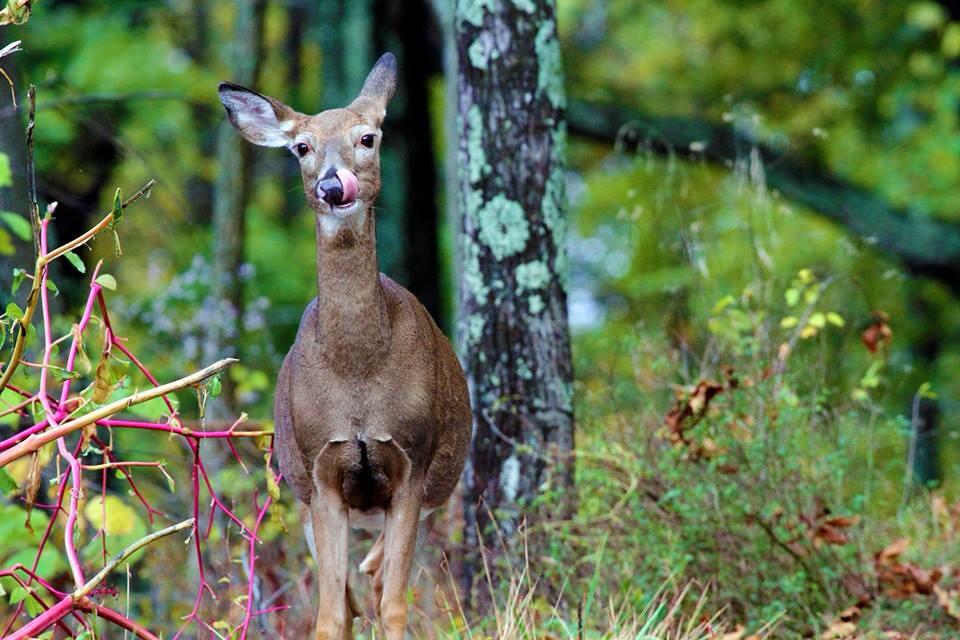When the cold and snow of January and February hit, it’s time to stoke the fire, curl up with a blanket, and try to keep warm. Wind chills below zero?! No, thank you, I’ll stay inside.
What about the deer? We’ve already covered how deer ride out a storm. They’re smart, and will bed down to protect themselves.
How, though, do they survive the other cold months of winter? They don’t hibernate, and we know they are moving around because they are getting caught in Clover traps. This means they are using energy.
Once again, deer are smart (notice a trend here?). They were preparing for winter when most of us were preparing our Labor Day barbeques. During the late summer and fall, deer start to develop fat reserves from the food that they eat. By the time winter hits, they will have stored anywhere from 20 to 30% of their body weight as fat.
How much is 20 to 30%? A 110-lb doe will have gained 22 to 33 pounds by the time fall ends!
What about bucks? They must really beef up, right? Yes, but they reach peak weight earlier than does. For the most part, bucks will have gained all of the weight they will gain for winter by the beginning of October. They are too busy finding and mating with females in October and November to worry about anything else. Beefing up earlier, though, has consequences.
Bucks have to rely on their reserves nearly twice as long as does before spring arrives! Generally, this makes them more susceptible to starvation in the winter months compared to females.
You can see the comparison of weight gain by does and bucks through maturity in the figure below. The peaks and lows represent seasonal fluctuations of weight, while the overall trend is weight gain as both reach maturity.

Why then, does the deer that visits your winter food plot still appear to lose weight? It has to do with deer feeding strategy and metabolism. It costs deer a lot to travel through snow and cold in search of food, and what they find might not be worth much. In winter, deer spend more energy finding and digesting food than they get from eating it.
The better strategy is to spend as little energy as possible on foraging (just enough to keep you going), and hope the extra energy you saved through the fall is enough to last you until spring. For deer, they’ve perfected the strategy. Winter survival is more than 90%!
The bottom line is this: deer don’t eat as much in winter as they do in spring, summer, and fall. It’s too expensive!
-Danielle Begley-Miller
If you would like to receive email alerts of new blog posts, subscribe here.
And Follow us on Twitter @WTDresearch
